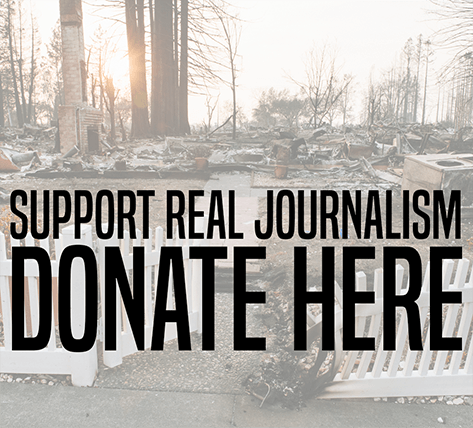Society
Race, Class and an L.A. Bike Movement at the Crossroads
On June 15, 2003, years before Los Angeles had its first CicLAvia event, several thousand bikers and pedestrians descended upon the Pasadena Freeway for a bike and walk ride on the freeway. The event, called ArroyoFest, demonstrated the emerging capacity of L.A.’s bike groups.
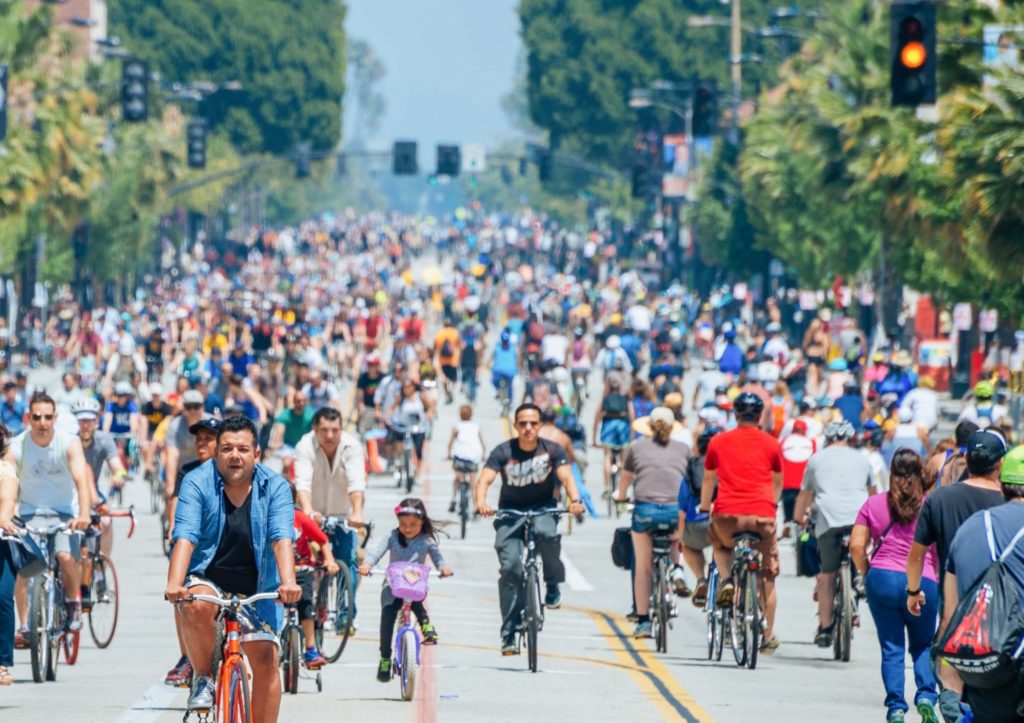
On June 15, 2003, before Los Angeles had its CicLAvia events, several thousand bikers and pedestrians descended upon the Pasadena Freeway for a bike and walk ride on the freeway. The event, called ArroyoFest, demonstrated the emerging capacity of L.A. bike groups. It also indicated a strong community presence in Highland Park, where the closing of the freeway for a few hours seemed like a magical moment.
This Sunday CicLAvia Comes to Atwater Village and Glendale
Six years later, more than 600 bike and community activists gathered at L.A. Trade Tech for a Bike Summit. The summit included keynote speakers from New York and Mexico City, along with talks from Portland officials and planners, and workshops that covered topics from bike infrastructure to a “what next” discussion that became the seed for the development of the CicLAvia bike rides.
There was some dissension at the Bike Summit. Community activists from neighborhoods like Boyle Heights complained that street issues were absent from the discussion. It was not safe to ride bikes in places like Boyle Heights, where big-rig trucks coming from the ports clogged the streets on the way to nearby rail yards. Even then, the constant police presence, particularly in an immigrant neighborhood, made cyclists potentially vulnerable. “We need a street summit, not just a Bike Summit,” the community activists argued. The bike movement also needs to diversify, they said, to include the experiences and participation of many more Angelinos who are more dependent on biking, walking or taking the bus to work, to shop or to get to appointments.
The next year, a Street Summit did take place. Soon after, the first CicLAvia was held, on October 10, 2010. More than one hundred thousand Angelinos rode their bikes through surface streets closed to traffic in Hollywood, Downtown and East L.A. that Sunday morning. CicLAvia is now in its seventh year and the ride is as popular as ever, taking place in ever more neighborhoods.
This should be a moment where the L.A. bike movement can celebrate the increased popularity of biking, its modest, though important, breakthroughs in policy and bike infrastructure development, and the possibility of support across class and race lines. But then came the meltdown of the campaign of insurgent City Council candidate Josef Bray-Ali, a former bike shop owner and well-known cycling activist. Last April Bray-Ali was revealed to have made racist, fat-shaming and transphobic comments in an online discussion board. Bray-Ali, who would lose his City Council bid, had already been in sharp conflict with several people of color who were bike activists, including the director of the L.A. County Bike Coalition, over his disagreements and hostile and racially-tinged comments about his opponents in the bike world.
The Bray-Ali incident points to a deeper and still unresolved tension within the bike movement. The potential for a split along racial and class lines still remains. It continues to be exacerbated by the perception – and the reality — that when neighborhoods become bike-friendly they are seen to be more prone to displacement of low-income residents as gentrification kicks in. That phenomenon is not too different when artists move into those same neighborhoods.
But artists and bike riders can and must find common cause and a shared language with those residents and their neighborhoods. As with the shift from a Bike Summit to a Street Summit, the bike movement – and the communities fighting gentrification and displacement – would benefit from a linked agenda where issues of race, class, equity and inclusiveness are embedded in any campaign for bikeable, walkable, healthy, safe and affordable neighborhoods.
Robert Gottlieb’s latest book, co-authored with Simon Ng, is Global Cities: Urban Environments in Los Angeles, Hong Kong, and China. He is the former Executive Director of the Urban & Environmental Policy Institute that hosted the ArroyoFest and Bike and Street Summit events.

-
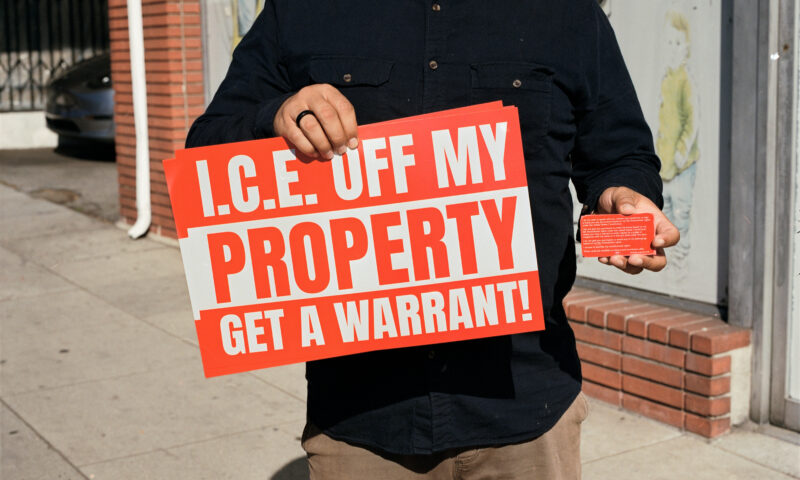
 Latest NewsNovember 19, 2025
Latest NewsNovember 19, 2025How Employers and Labor Groups Are Trying to Protect Workers From ICE
-
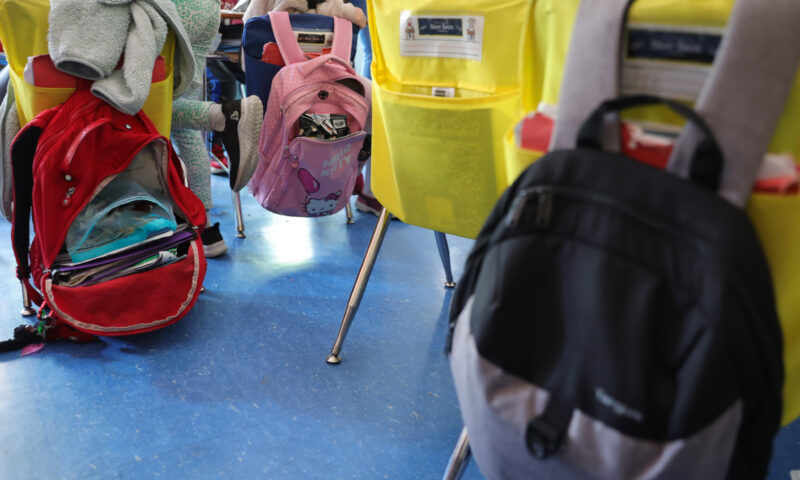
 Latest NewsNovember 18, 2025
Latest NewsNovember 18, 2025Future of Special Education at Risk, Teachers Say, as Trump Moves to Cut Staff and Programs
-
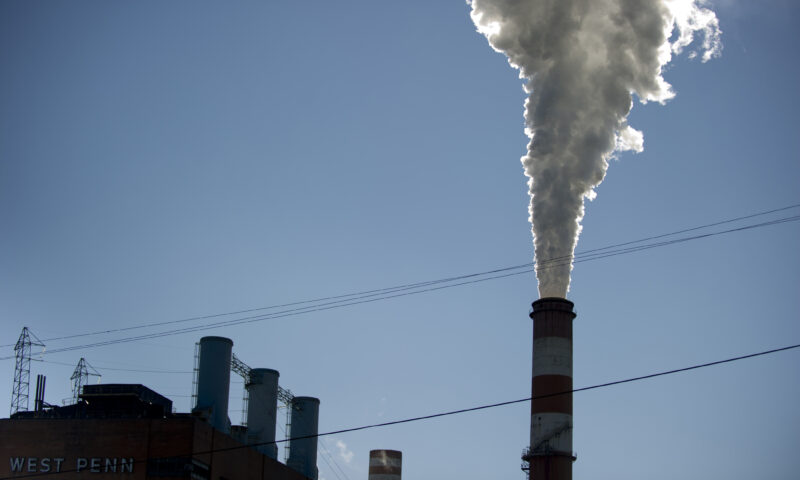
 The SlickNovember 18, 2025
The SlickNovember 18, 2025After Years of Sparring, Gov. Shapiro Abandons Pennsylvania’s Landmark Climate Initiative
-
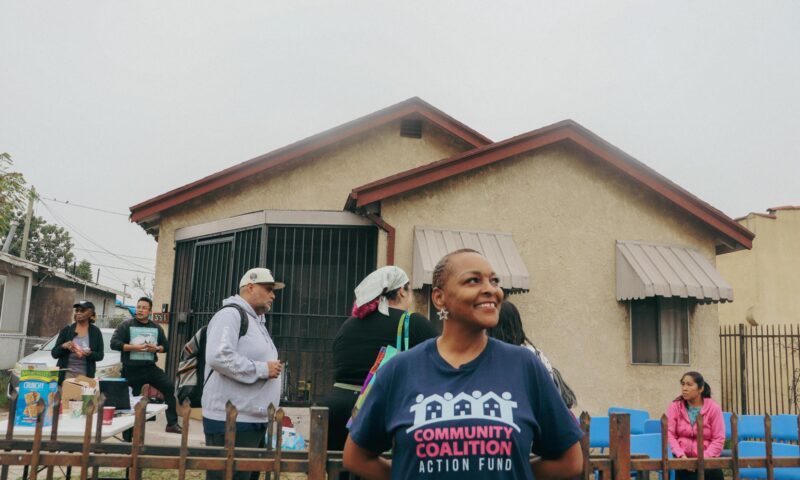
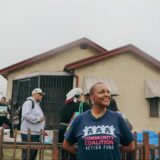 Latest NewsNovember 17, 2025
Latest NewsNovember 17, 2025In South L.A., Black and Latino Neighbors Unite Against ICE as Systems Fail
-
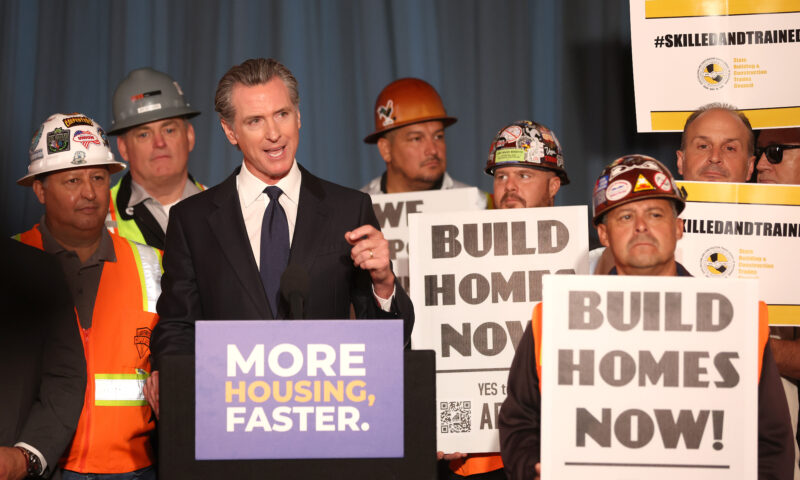
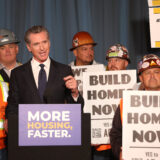 Column - State of InequalityNovember 21, 2025
Column - State of InequalityNovember 21, 2025Seven Years Into Gov. Newsom’s Tenure, California’s Housing Crisis Remains Unsolved
-
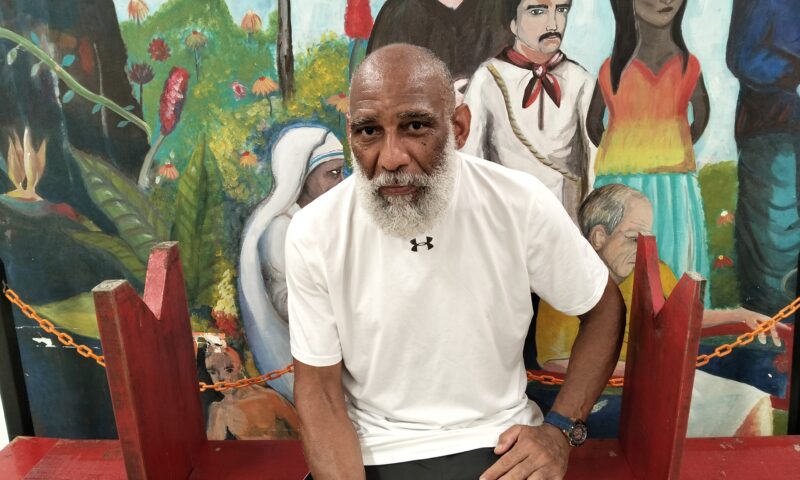
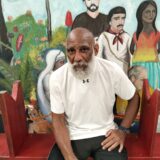 StrandedNovember 25, 2025
StrandedNovember 25, 2025‘I’m Lost in This Country’: Non-Mexicans Living Undocumented After Deportation to Mexico
-
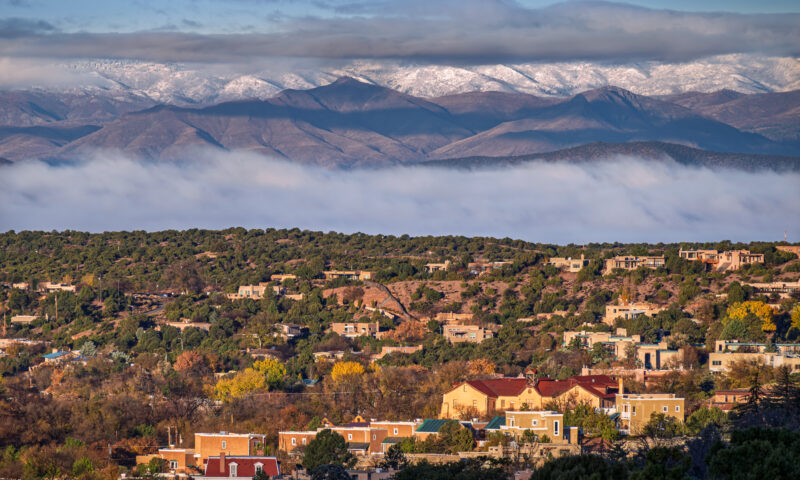
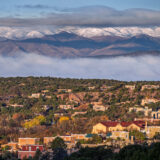 Column - State of InequalityNovember 28, 2025
Column - State of InequalityNovember 28, 2025Santa Fe’s Plan for a Real Minimum Wage Offers Lessons for Costly California
-
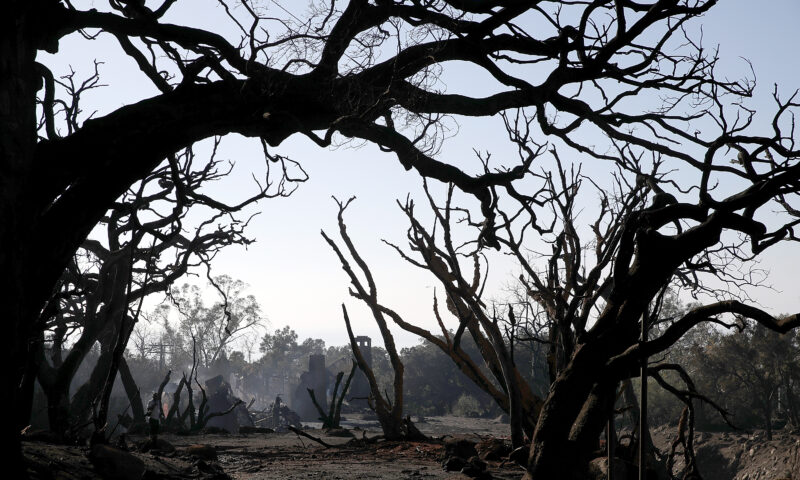
 The SlickNovember 24, 2025
The SlickNovember 24, 2025California Endures Whipsaw Climate Extremes as Federal Support Withers

